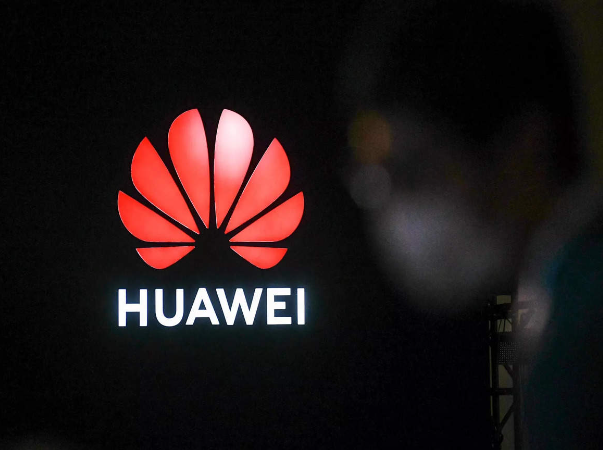Fitur penumpukan “widget” didambakan pengguna stok Android
Jakarta – Tim pengembang Android Google mengindikasikan ketertarikan untuk mengintegrasikan fitur penumpukan “widget” ke dalam stok Android menyusul permintaan kuat dari para pengguna.
“Kami mendapatkan banyak permintaan ini, jadi pantau terus. Kami belum berkomitmen untuk ini, tetapi terus bertanya, dan kami akan mengerjakannya,” ujar Senior Product Manager Android Widgets Andre Labonte pada video berjudul “Widgets-Ask Android” dalam kanal Youtube Android Developers yang dilansir dari laporan Android Police, Selasa.
Meskipun belum ada kepastian waktu implementasi, jawaban itu menunjukkan komitmen Google untuk terus mengembangkan sistem operasi Android sesuai dengan kebutuhan pengguna, menurut laporan tersebut.
Penumpukan “widget” adalah sesuatu yang sudah ditawarkan sejak lama oleh peluncur (launcher) pihak ketiga di ponsel Android pabrikan (seperti dari Samsung) dan sepertinya tim Android tidak menentang gagasan untuk membawanya ke stok Android.
Fitur penumpukan “widget” memungkinkan pengguna untuk mengelompokkan sejumlah “widget” dalam satu ruang, sehingga menghemat ruang layar pada beranda dan mempermudah akses ke informasi penting.
Selain penumpukan “widget”, Google juga terus berupaya meningkatkan pengalaman “widget” secara keseluruhan. Google Play Store baru-baru ini memperbarui fitur pencarian “widget” dengan filter khusus, mempermudah pengguna menemukan “widget” yang diinginkan.
“Widget” pengatur waktu yang eksklusif pada Pixel Tablet juga mulai membuka jalan untuk diaplikasikan ke perangkat Android lainnya.
Widget Meta AI WhatsApp, mengikuti widgetnya penampakan awal pada bulan Januari, akhirnya mulai membuat jalan ke pengguna dalam versi beta
Sementara “widget” layar kunci, juga diperkirakan akan datang lagi pada pembaruan platform kuartal I (“Quarterly Platform Release” 1 /QPR1) Android 16 akhir tahun ini.
Langkah itu diambil sebagai respons terhadap tanya-jawab pengguna yang menginginkan akses cepat ke informasi tanpa harus membuka kunci perangkat.





